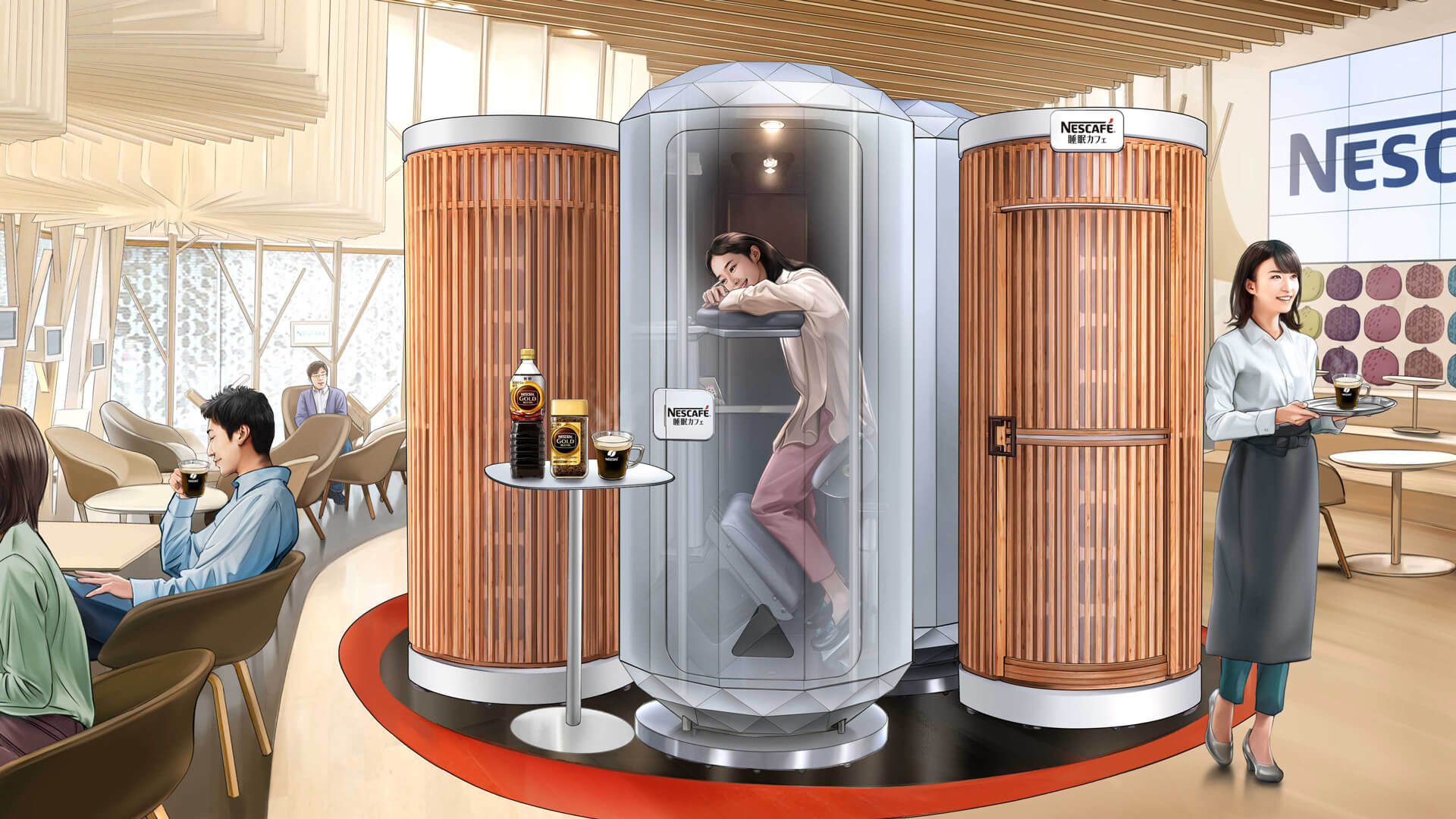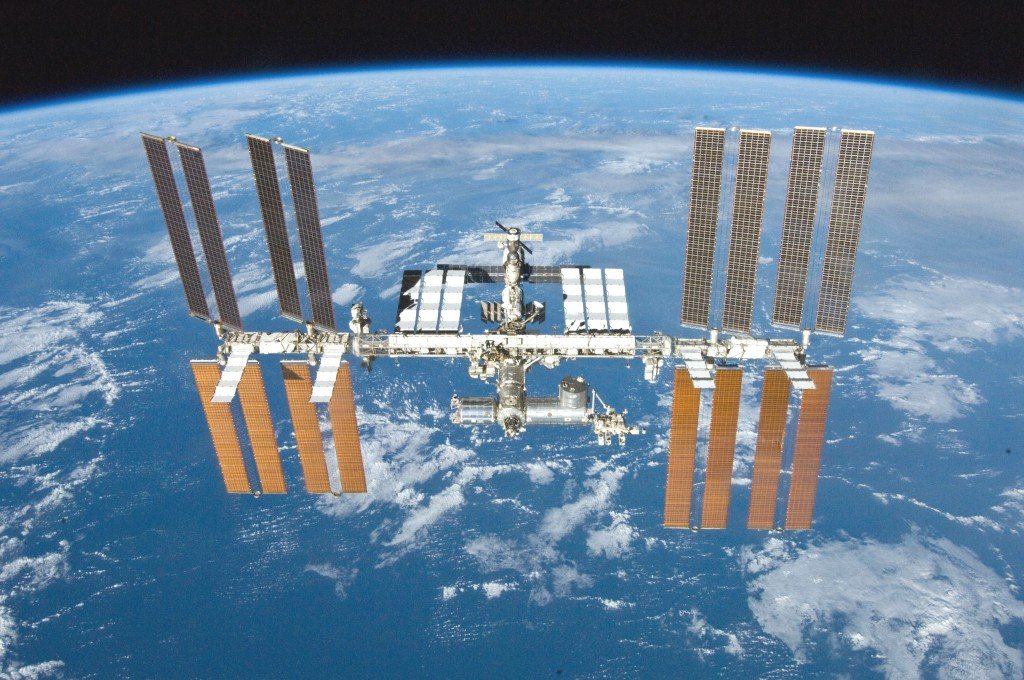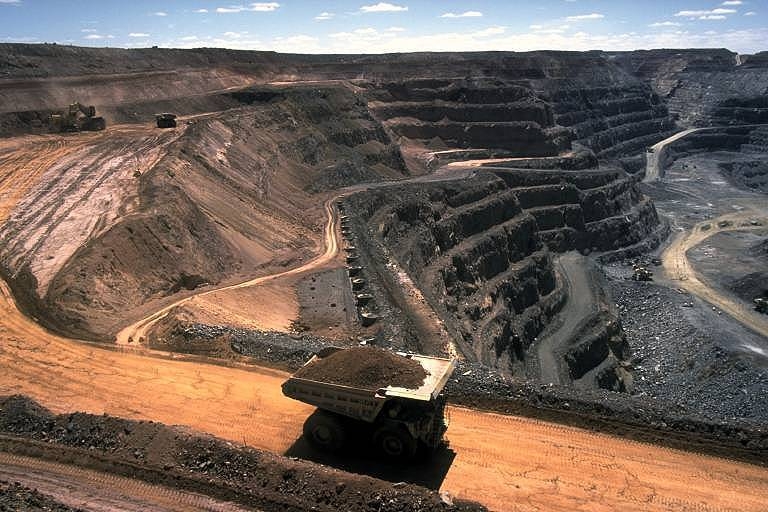Scientists at Linköping University, Sweden and Okayama University in Japan have constructed a “microrobot,” that can assume different shapes and change stiffness.
For this research, scientists got inspiration from the fontanelle tissue. At the time of birth, fontanelles allow babies’ skulls to be soft and flexible to pass through the birth canal. But after birth, fontanelle tissue gradually changes to hard bone.
“We want to use this for applications where materials need to have different properties at different points in time. Firstly, the material is soft and flexible, and it is then locked into place when it hardens. This material could be used in, for example, complicated bone fractures. It could also be used in microrobots — these soft microrobots could be injected into the body through a thin syringe, and then they would unfold and develop their own rigid bones,” says Edwin Jager, associate professor at Linköping University.
The “microrobot” can take multiple forms and vary the stiffness
For recreating this duality, the researchers began with a gel material called alginate. One side of the gel is covered with a polymer material called polypyrrole (PPy). While the other contains biomolecules called plasma membrane nanofragments (PMNFs).
When a low-voltage electrical current is applied to the material, it alters its volume. And also force microrobot to bend in a certain way.
PMNFs are derived from cells that are involved in the bone development process. As a result, they naturally harden like bone after being placed inside the human body. Scientists foresee that in the future tiny “microbots” made of this material, could be injected into complex bone fractures. They can then make it expand and fill the bone deficits using an electrical current, hardening into deficit-filling bone.
“By controlling how the material turns, we can make the microrobot move in different ways, and also affect how the material unfurls in broken bones. We can embed these movements into the material’s structure, making complex programmes for steering these robots unnecessary,” says Edwin Jager.







